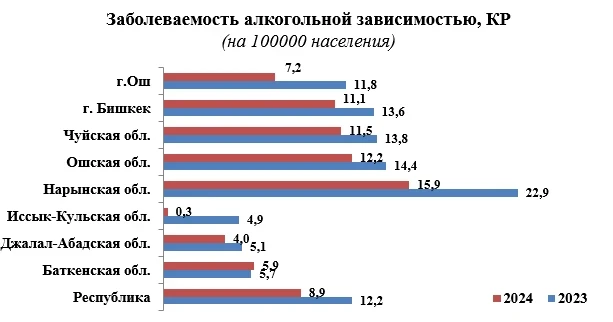The food price index, which the FAO uses to monitor changes in international quotations, stood at 126.4 points, indicating a decline of 1.6 percent compared to September.
Price Decreases by Product Categories
- Cereals. The index for this category fell by 1.3 percent. In particular, the price of wheat decreased by 1 percent, while rice dropped by 2.5 percent.
- Meat. Here, the index decreased by 2 percent, which is linked to a sharp drop in prices for pork and poultry, while the price of beef continues to rise.
- Dairy Products. In this category, prices fell by 3.4 percent, driven by a decline in butter quotations due to high export levels from the European Union and New Zealand.
- Sugar. The average price decreased by 5.3 percent, marking the lowest level since December 2020. This decline is associated with high production rates in Brazil.
The only category that saw an increase was vegetable oils. In October, their index rose by 0.9 percent, the highest level since July 2022. The rise in prices for palm, rapeseed, soybean, and sunflower oils is linked to various factors, including delays in harvests in the Black Sea region.
FAO Forecasts for Record Grain Harvests
The FAO also presented updated forecasts for the global grain market. It is expected that by 2025, global grain production will increase by 4.4 percent, reaching 2 billion 990 million tons, which will be a historical record.
Additionally, global grain stocks are expected to rise by 5.7 percent, reaching a record 916.3 million tons.



























